3 New Uses for Land Rollers
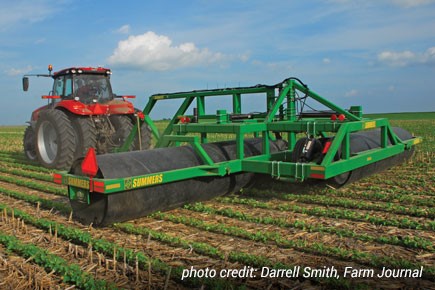 When most farmers think of land rollers, they think of rolling soybean ground right after planting to push rocks and root balls into the soil. This allows combine operators to run their headers on the ground at harvest time without fear that those foreign objects will damage the machine. Many farmers swear by this practice, and a lot of custom harvesters refuse to combine soybeans on ground that hasn’t been rolled.
When most farmers think of land rollers, they think of rolling soybean ground right after planting to push rocks and root balls into the soil. This allows combine operators to run their headers on the ground at harvest time without fear that those foreign objects will damage the machine. Many farmers swear by this practice, and a lot of custom harvesters refuse to combine soybeans on ground that hasn’t been rolled.
Over the years, people have come up with other uses for land rollers, such as a no-till solution for breaking down corn stalks after harvest, and we highlighted some of them in a previous article titled, “Four Uses for Land Rollers.” However, since writing that article, we’ve gotten more research results from our partnership with Farm Journal Test Plots and uncovered additional benefits of land rollers that can help increase return on investment even more:
1. Rolling Soybeans in Early Vegetative Stages
It’s not necessarily a new practice to roll soybeans during their early vegetative stages to encourage more vigorous growth. But until recently, no formal research has been conducted on the subject. Lately, we’ve been working with agronomist Ken Ferrie and the Farm Journal Test Plot program, and so far the research results have been very promising.”
Much of the research is based on evidence that more vegetative growth in soybeans doesn’t necessarily translate into higher yields. Therefore, they’ve been using land rollers to lightly stress the plants during early growth stages with the goal to increase branching and shorten internodes, leading to higher yields. So far, it appears that the ideal window for rolling soybeans post emergence is V1 to V2. Starting at V3, there is greater risk for breaking the plants below the cotyledons, which can have a negative effect on yields.
Results from 2014 and 2015 test plots showed a fairly consistent response to rolling during early V stages, with an average yield gain of three bushels per acre. At current cash prices and custom rates for land rolling, this provides a solid return on investment. Stay tuned for 2016 yield data, which will be published by Farm Journal soon. We think you’ll be pleasantly surprised.
2. Pasture/Hay Land Renovation
Land rollers actually serve a couple purposes when renovating pasture or hay land. First, they can help knock down dirt mounds and smooth the surface,  making conditions much more ideal for mowing and driving across. Second, it works great to make a pass with a land roller after broadcasting seed. Not only does this smooth the surface, as mentioned previously, but it also helps push the seeds into the ground to increase seed-to-soil contact and help improve germination.
making conditions much more ideal for mowing and driving across. Second, it works great to make a pass with a land roller after broadcasting seed. Not only does this smooth the surface, as mentioned previously, but it also helps push the seeds into the ground to increase seed-to-soil contact and help improve germination.
3. Cover Crop Seeding
Land rollers can be used to seed cover crops, too. We have equipped our SuperRollers with a seed hopper, hoses and fan for an economical, fast and effective way to seed cover crop mixes. Using a land roller instead of a broadcast application helps improve seed-to-soil contact for better germination.









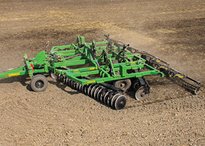






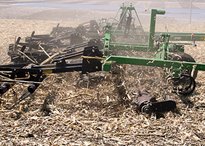
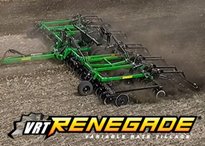
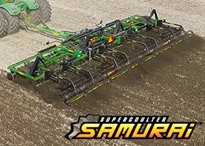









 Hats, Diecast Models, Gloves and More!
Hats, Diecast Models, Gloves and More!
 Library
Library